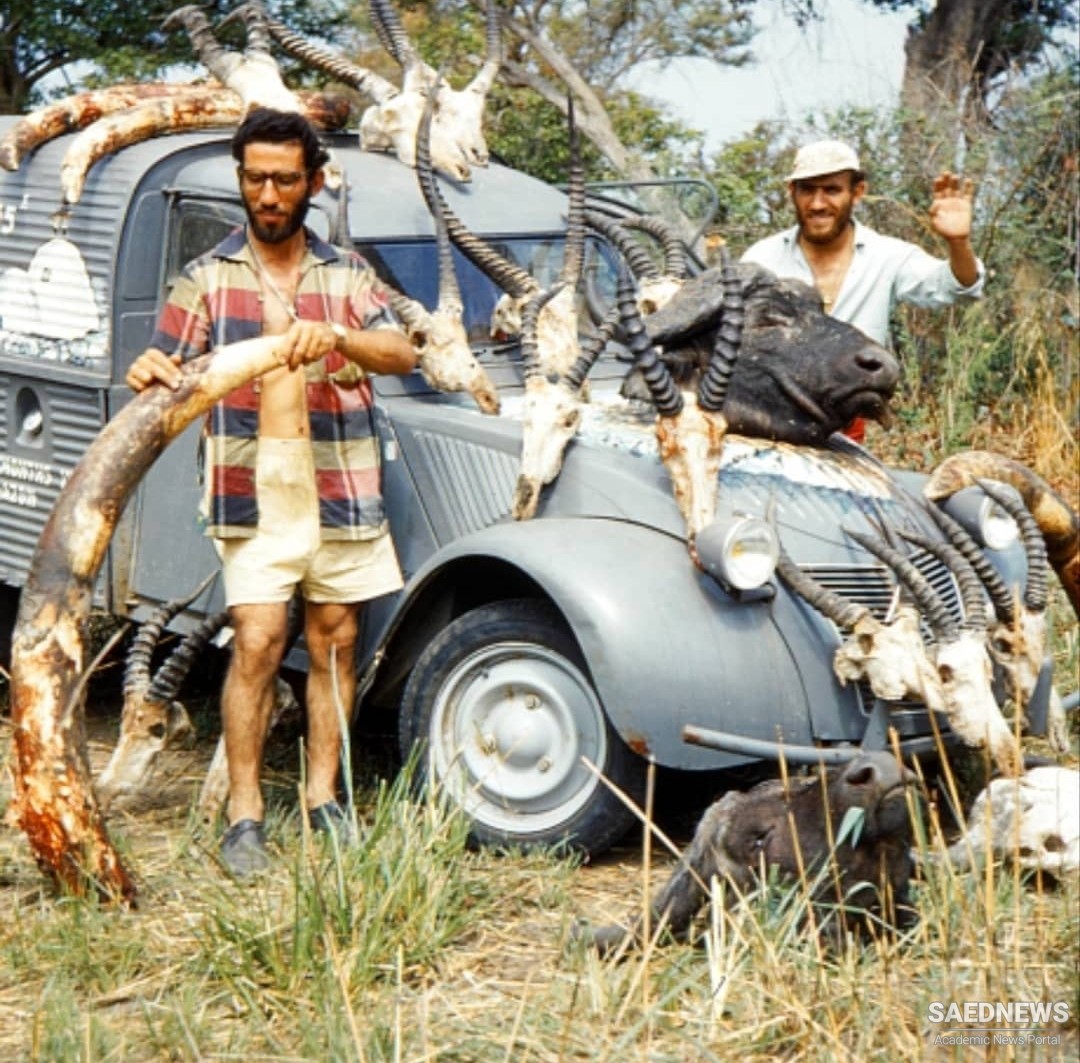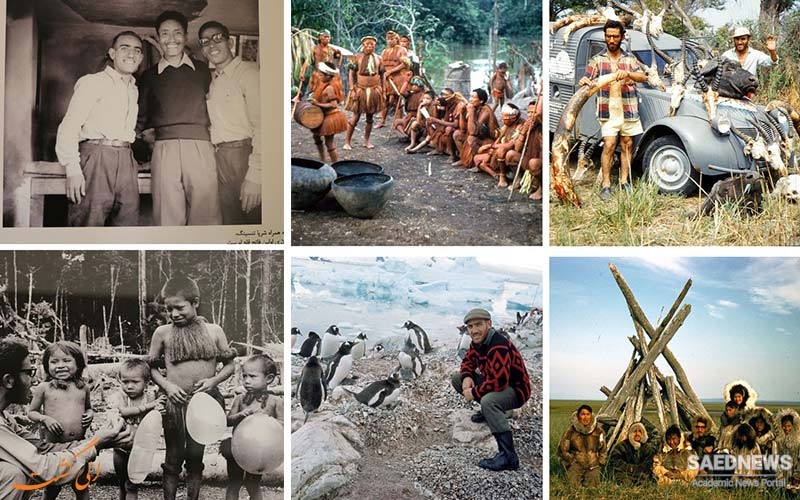Heading east they first passed through Pakistan, India, south-east Asia and Australia, eventually crossing the Pacific and heading up through Alaska and Canada into the Arctic. A vast sweep all across and down the Americas ended with a trip to Antarctica then, after a brief trip home, a new round of exploration in a 2CV, which they drove through Africa, somehow managing to get the vehicle through the Congo and the formidable barrier of the Ituri forest.

The films they made along the way are full of the wonder and excitement of exploration. They also bring an interesting counterpoint to a visual media that was, at the time, dominated by America and Europe. While the rest of the world was racing to modernity and feeling smugly superior to so-called primitive peoples, Abdullah and Issa Omidvar had an easy affinity and respect for those they met, something that gave them unique access to sights and sounds that were soon to be lost. What we also see is a world in a far better condition than might be imagined: forests seem endless, remote people seem happier and more secure in their lives; it is a world before globalisation, and a place cleaner and far less hectic.
When their journeys ended, Abdullah settled in Chile, founding a successful film company and cinema, while Issa returned to Iran as something of a celebrity. There in Tehran, in an 18th-century Pahlavi palace, he built a museum to house all the artefacts that he and his brother had collected. It's a place very much worth a visit (Omidvar Brothers Museum).
It is the films, however, that are the most significant artefacts. At a moment in history when many Iranians want to end their country's isolation, it seems appropriate to watch these two intrepid explorers embark on a journey that became a marathon celebration of how humanity can defeat its tendency towards fear of outsiders and foreigners. That, after all, is when travel is at its best.


 Kamancheh
Kamancheh














































